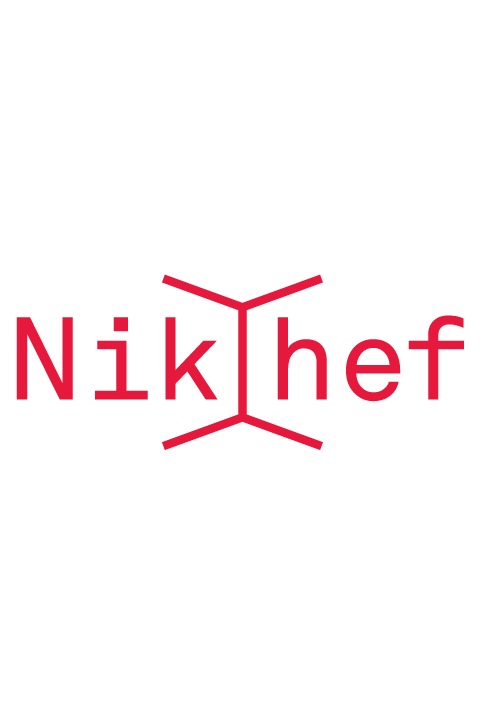The 2024 Mid-Career Prize of the High Energy Astrophysics Division of the American Astronomical Society has been awarded to UvA astrophysicist Samaya Nissanke, for developing new techniques to extract fundamental physics from astronomical data, paving the way for the era of multi-messenger astronomy using gravitational waves.
Samaya Nissanke’s research focuses on understanding astrophysics in strong gravitational fields around compact objects – an essential ingredient in understanding the origin and evolution of the universe. The evolution of our universe at all scales, from the lifetimes of individual stars to the universe as a whole, is inextricably linked to gravity.
In particular, Nissanke is concerned with fundamental questions such as: how do the laws of physics work together in strong gravitational fields? What is the fate of the evolution of binary stars, and how can we detect electromagnetic signals and multi-messenger signals, such as the gravitational waves of their merging? What physics underlies the most common energetic events in the universe – jets, accretion disks, mergers and explosions? What is the origin and evolution of the universe?
Nissanke’s recent work mainly aims to explain the physics driving the merging of compact double systems (black holes, neutron stars and white dwarfs) and to map the expansion history of the universe using electromagnetic and gravitational wave observations . She is a member of the Virgo Collaboration, the Einstein Telescope collaboration and the LISA Consortium, and works with a large number of time-domain telescopes and surveys from the Zwicky Transient Facility, the Neil Gehrels Swift Observatory, the Vera Rubin Observatory’s LSST to LOFAR and the JVLA. Her work includes modelling sources of gravitational waves, data analysis, and multi-messenger astronomy, with which she played a leading role in the remarkable discovery in 2017 of the merger of two neutron stars.
Roughly every 18 months, the HEAD Mid-Career Prize is awarded for a significant development or achievement (observational or theoretical) in high-energy astrophysics by an individual astrophysicist who received a PhD less than 15 years ago. The award consists of $1500 in prize money and an invitation to give a plenary talk at the AAS-HEAD Divisional Meeting in the year of award.
“I am immensely honoured to receive this award and recognition, which I share with my wonderful colleagues, mentors, and current and former team members, and with my family and friends,” says Nissanke. “I am very grateful for their support and for the opportunity to work in the fascinating research area of multi-messenger astronomy with gravitational waves. I look forward to future collaborations and working with inspiring individuals, and to contributing to the next steps in this research field.”
Source: Institute of Physics, UvA
